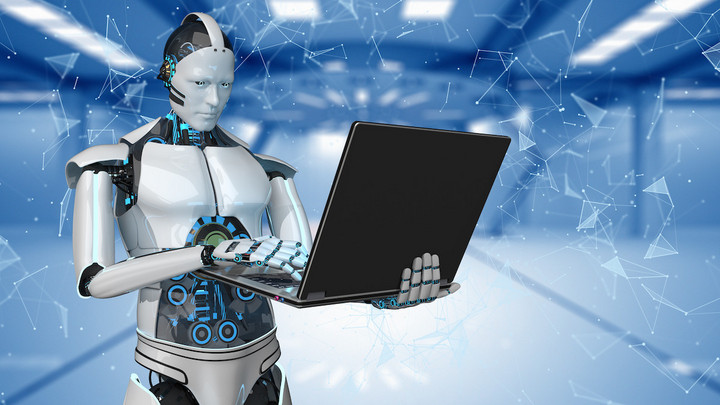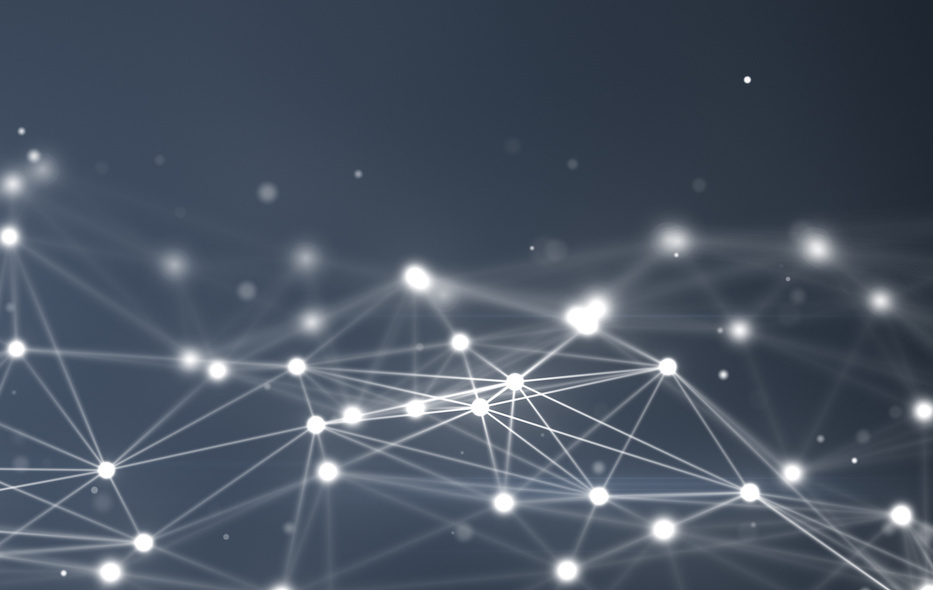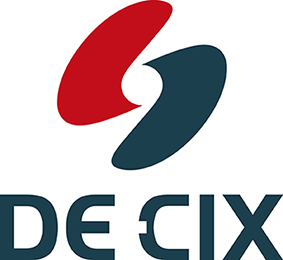AI for Network Infrastructure
Dr. Thomas King, CTO of DE-CIX, gives an overview of the company’s first forays into artificial intelligence solutions for maintaining high-quality interconnection services.

© style-photography | istockphoto.com
Thomas, where do we stand with AI for computer networks today?
DR. THOMAS KING: From my point of view, we stand at the very beginning with AI in computer networks, because AI is a very hot topic today in general, but if we think about AI we mainly talk about autonomous driving and Industry 4.0 or things like that. It is very rare for us to talk about AI in the context of computer networks.
However, I'm pretty sure that this will change because I can see a lot of applications for AI algorithms in computer networks. There's so many things to do more intelligently, with more AI support, which could drive a lot of value.
dot: What is DE-CIX's experience with the topic?
DR. KING: So far, we have used a basic AI algorithm in monitoring tools. We monitor our network infrastructure very heavily. To give you an example of the successful use of an AI algorithm in our work, we had an issue with the charge of optics. Optics are the part of our switches that transforms electrical power into light and the other way around.
Optics can easily be replaced, and there was a problem with the charge from a particular optic vendor, which meant that it died very early in its projected lifetime. In addition, all of the optics had this issue. When we realized this, and realized that we could detect the problem from the decreasing light levels that the optics measure and report, we came up with a very simple AI algorithm that warns us that we have to replace this optic before it dies. We need to do this in advance in order to make sure the optic can be replaced without any service interruption. And this is an example of a simple but effective AI-supported activity which helps network operations to be very effective – and reduces the impact of service degradation.
Another example is our patch robot, which we have dubbed “Patchy McPatchbot”.
The robot allows the interconnection of different dark fiber cables in a data center without any manual work involved. It is able to handle many hundreds of these connections. In daily operations, new connections are installed, and existing ones are changed or removed.
The robot uses an AI technology to make sure that the cabling does not end up in spaghetti-like knots – making sure that we have a very clean and simple cabling. Without AI technology, such cabling would not be possible and would require us to do it like we did in the old days – by handling each connection manually, step-by-step.
We had a lot of fun implementing Patchy, and it was great to get acknowledgement from the team at Capacity Media for our work, honoring it as the “Best Internet Exchange Innovation” at their Global Carrier awards in late 2018. So far, he’s one of a kind – the only patch robot in action at an Internet Exchange anywhere in the world. But he’s not going to be alone much longer. We’re planning some family members for him at some of the other Frankfurt sites – and we’ve been getting some great name suggestions on our Twitter channel.
dot: What do you expect in the future?
DR. KING: I expect that AI technologies may well be used heavily in computer networks, because there are some really good use cases for AI. I have already touched on two of them, which are monitoring and routing. With monitoring, you can already derive some information from the data in your systems – and this means you can provide better service quality. With network optimization and channels, especially if there is an outage somewhere, you can use AI technologies to more intelligently route traffic in areas where there are no issues, and keep the traffic out of the areas where there is a bottleneck. The bottleneck might be caused by errors or equipment failure, for example.
Another area where it probably makes sense to use AI technologies, and we already see that today, is for security – mainly for detecting malicious activities. It is similar to monitoring: with security, you have patterns and you have behavior in your network, and through this you can recognize if a DDoS is occurring, or if somebody is scamming you, or trying to hack into your network. AI algorithms make it very easy to recognize these patterns and warn you that something weird or dangerous is going on.
Dr. Thomas King is Chief Technology Officer at DE-CIX, the world’s leading Internet Exchange operator. The Frankfurt based company runs 18 IXs globally. DE-CIX Frankfurt is the world’s leading IX by peak traffic with a data throughput of +6.8 Terabit per second.
Please note: The opinions expressed in Industry Insights published by dotmagazine are the author’s own and do not reflect the view of the publisher, eco – Association of the Internet Industry.





